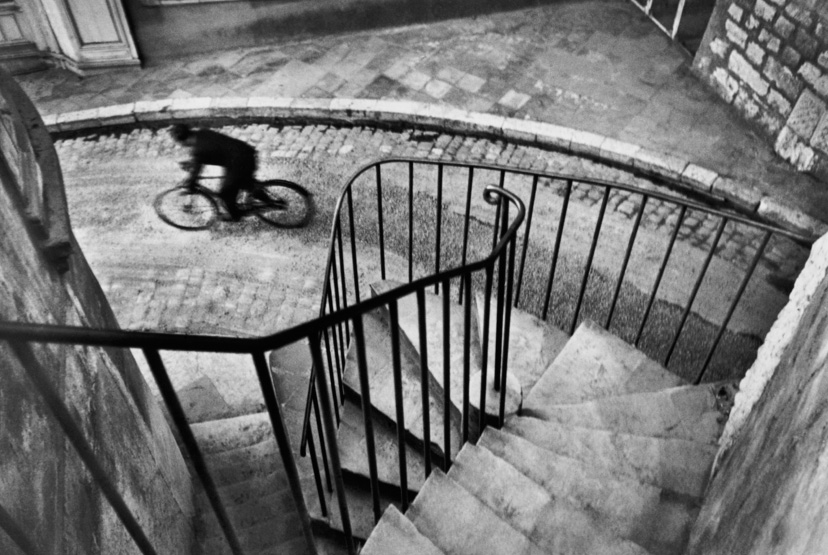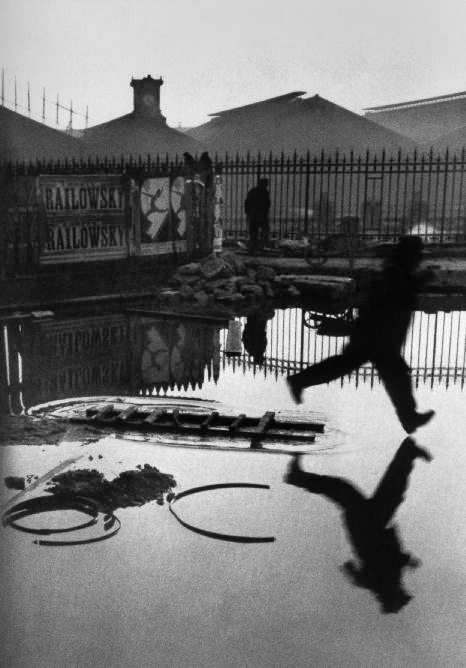Ansel Adams is the father of nature photography, he mastered landscapes and nature at a quite early age for photography. Ansel Adams was born on February 20th, 1902 in San Francisco, California. Adams' family was well off and they lived at a house said to have had a beautiful view. Adams' love for nature started off early as he didn't enjoy sports and had little friends. Adams was always a hyperactive child which led to him being rejected from private schools. He was taken out of formal school and was home schooled by his Aunt and Father. Adams was set on becoming a pianist until he visited Yosemite National Park where he noted the beauty and was awakened to photography. Adams' first camera was a brownie, a cheap and very basic camera. As his skills grew he realized that he wanted to become a photographer. Adams dies on April 22, 1984 but his legacy still continues as his photos strive to impress. Here are some of my favorites:

I like this photo because of the two crosses at the top of the buildings. My eyes instantly were lead to them because of the zig-zag leading lines. I also like how one is directly across the other. My eyes also jump back and forth from both crosses. I also really like how they both have a similar opening in front of the cross. The one in the background has a a window and the one in the front has a doorway. I like this photo is really compositionaly strong.
This photo is cool because of the roots in the tree. I like how they look rally tangled and fluid. I also like the change in texture between the roots and what appears to be clovers or something.
I've always wanted to recreate a photo like this because of the leading lines. The mountains in the background improve the image also because it contrasts. The car in the far back of the photo also shows how fast you have to take the photo.


























